Photographs from the Richard T. Rosenthal Collection
An eclectic collection driven by an eye for the interesting, unusual, and beautiful, as well as intellectual interests as wide-ranging as car racing, early cased imagery, crime, and botanical studies, the photographs from Richard T. Rosenthal’s collection embody all the prismatic facets of the photographic medium. Including both vernacular and fine artworks, the group we are privileged to be offering at Swann tells the story of photographers and the development of their medium, from daguerreotypes to salted paper prints to hand-colored silver prints to tri-color carbo prints.
Rosenthal’s career as a collector stretched for fifty years, beginning in the 1960s. He was one of the early figures to recognize, create, and foster interest in the medium. His collection represents the shifts in the marketplace that occurred over the decades, ranging from important and rare nineteenth-century photography to twentieth-century masters to unusual and compelling vernacular material.
Daguerreotypes & Cased Images
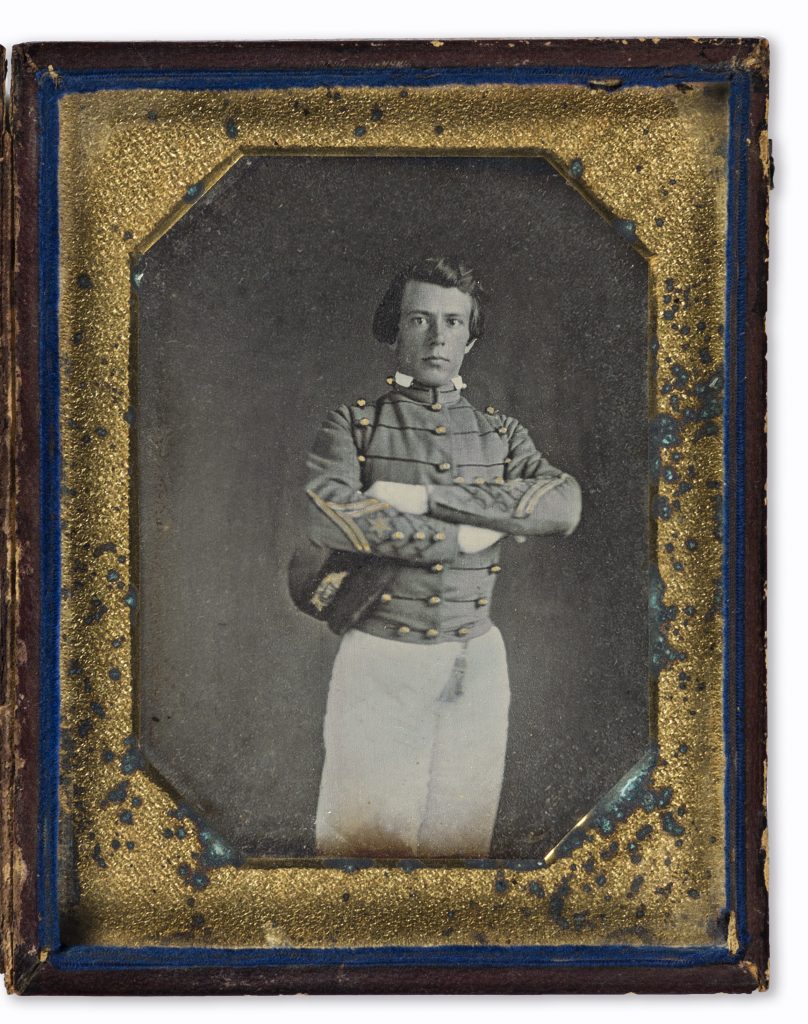
This West Point cadet, his arms crossed and hat tucked beneath one elbow, is an early example of a daguerreotype (circa 1844-45) with a simple brass mat and unadorned background. The figure’s piercing and direct gaze, the physicality of his pose, and the compositional choice of a figure slightly off-center result in an image that feels modern in tone, despite the medium. The piece showcases the dimension and detail that make daguerreotypes so resonate today.
A number of cased images and tintypes feature in Rosenthal’s collection. These groups include a banner woman, dapper gentlemen, children, pets, occupational scenes, a ship captain, a chair, and many other diverse subjects. What remains constant is Rosenthal’s eye for the beautiful and interesting.
Frederick DeBourg Richards
This selection of 11 early views of Philadelphia by Frederick DeBourg Richards demonstrates the ways in which photography sits both compellingly and uneasily at the intersection of art and documentary work. Richards was settled in Philadelphia by 1848 and opened a daguerreotype studio at 144 ½ Chestnut Street. His documentation of the city began around 1853 and was apparently commissioned by Philadelphia antiquarian Charles A. Poulson. The photographs were compiled by Poulson into eleven scrapbooks, about 120 of which were by Richards. Much like New York City’s Berenice Abbott and Paris’ Eugene Atget, Philadelphia had Frederick DeBourg Richards documenting the changing landscape of a modernizing city. The soft, rich palette of the salted paper prints reveals incredible detail and texture and speaks to the ways in which photography was used in a diverse and multi-faceted way from the very beginning.
Alice Austen
Alice Austen’s prolific documentation of New York City is exemplified by her portfolio Street Types of New York. Austen biked around the city with 50 pounds of equipment, making images to document working people in a modernizing world and her own perspective of it. Austen, for much of her life a wealthy Staten Islander, represents one of the first female photographers to leave behind a large body of work. Austen also documented her private life, including her lifelong relationship with a woman, as well as others around her pushing the boundaries of acceptable behavior. This portfolio, printed in rich photogravure, offers a detailed and elegantly composed glimpse into late nineteenth-century New York City.
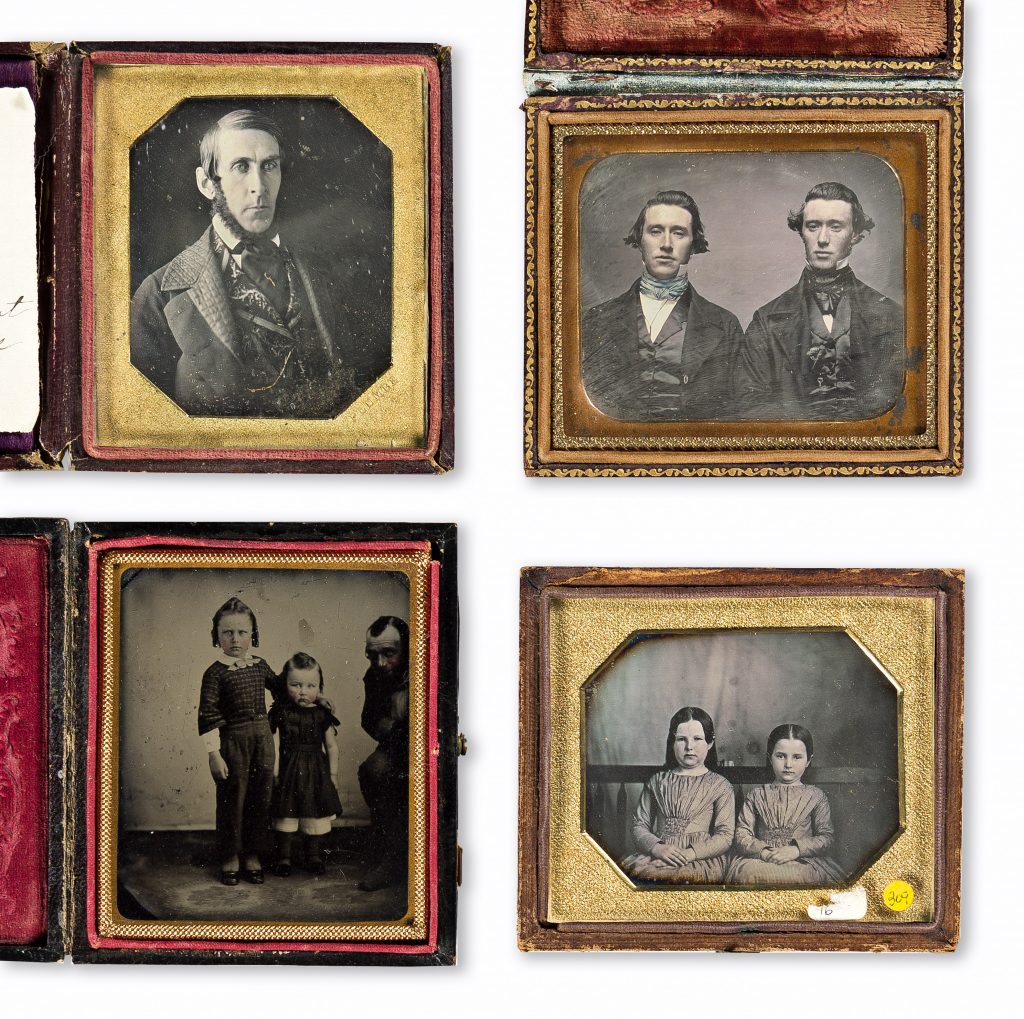
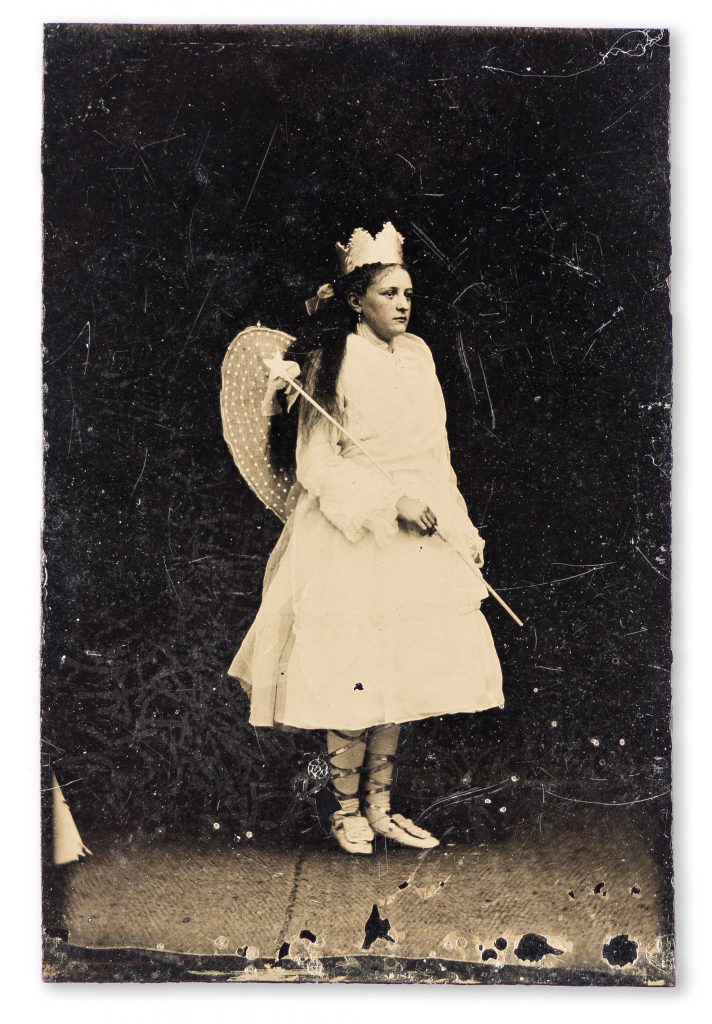
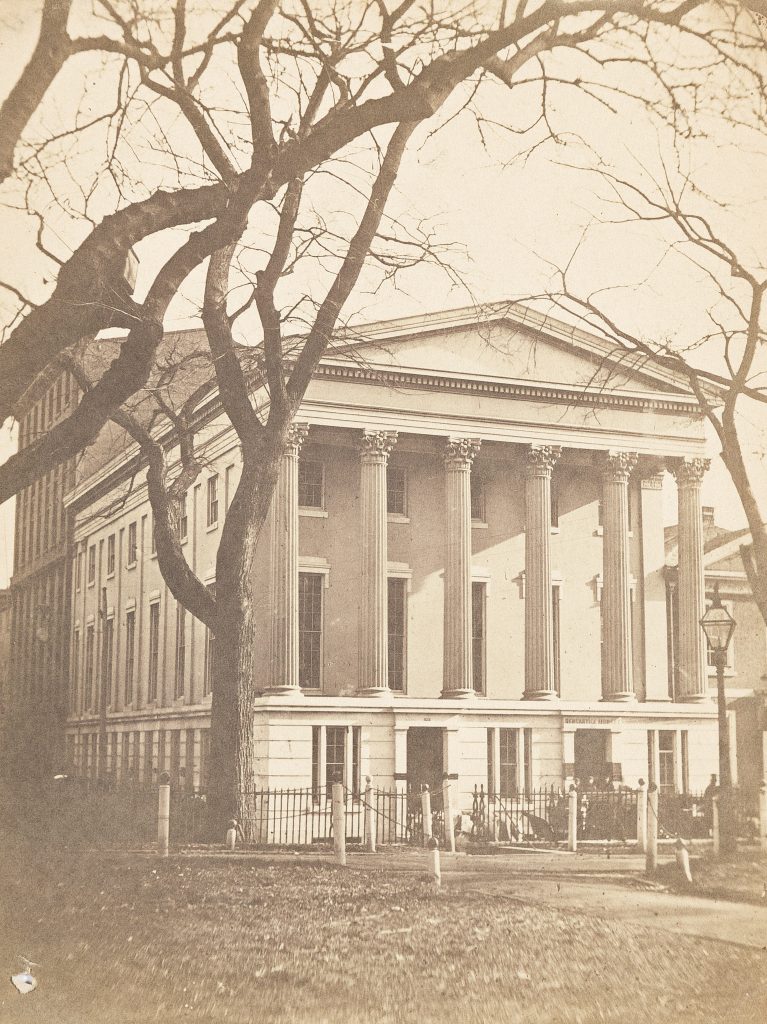
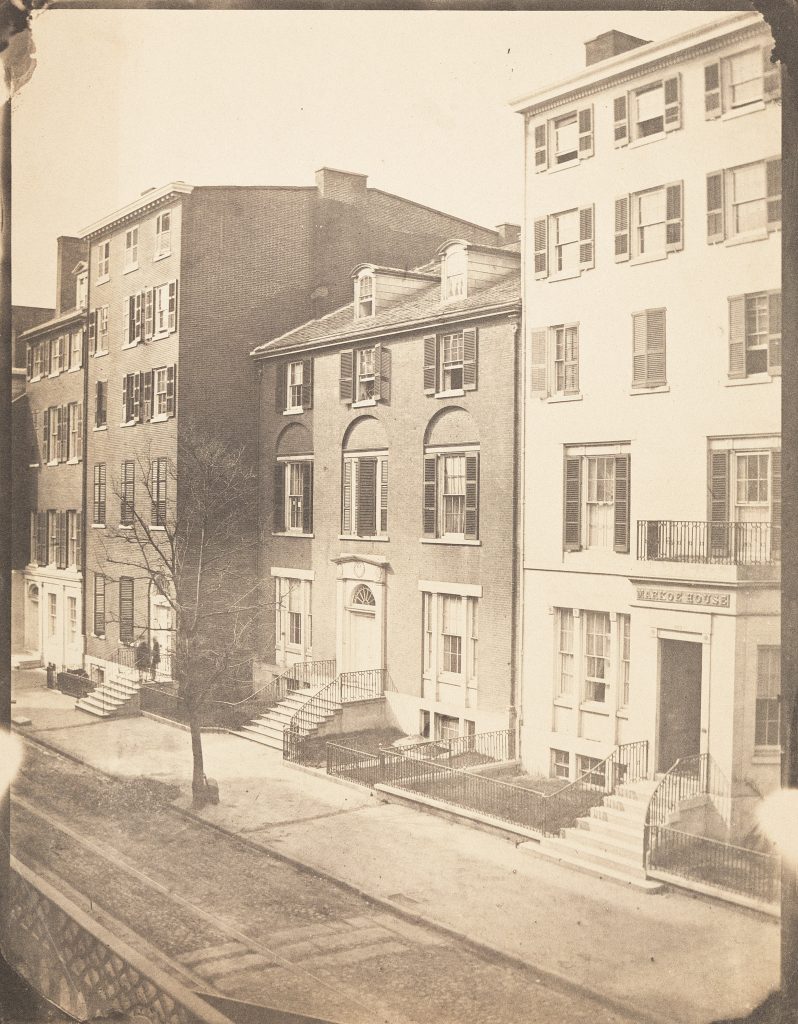
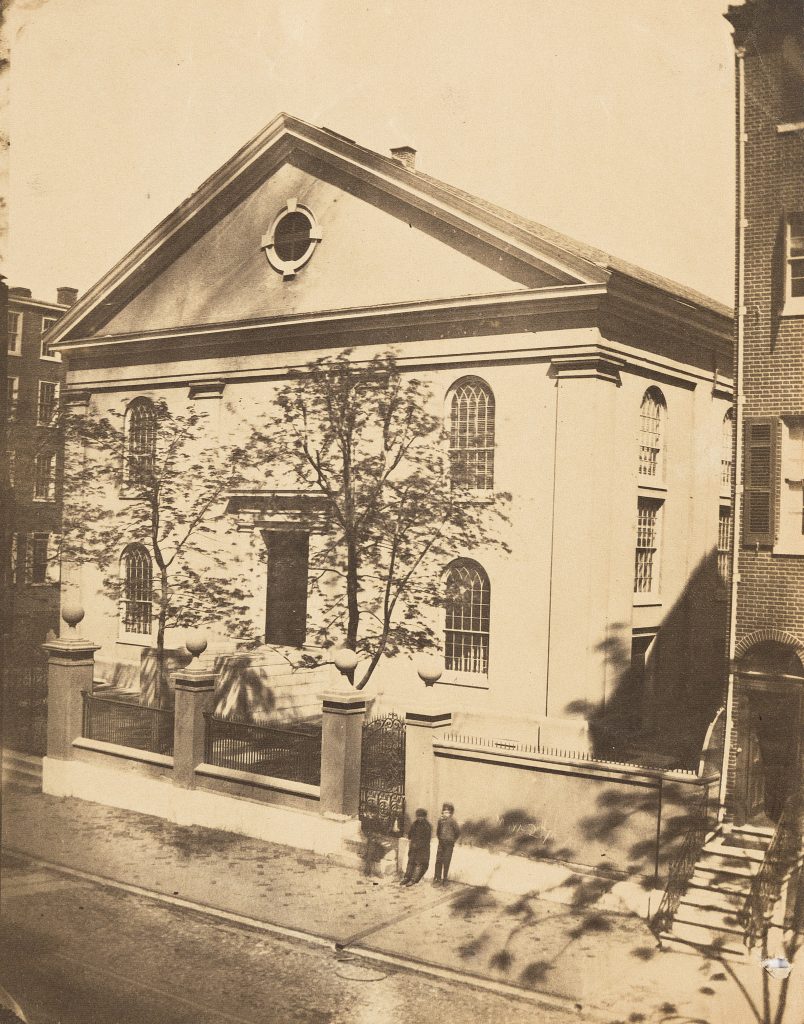
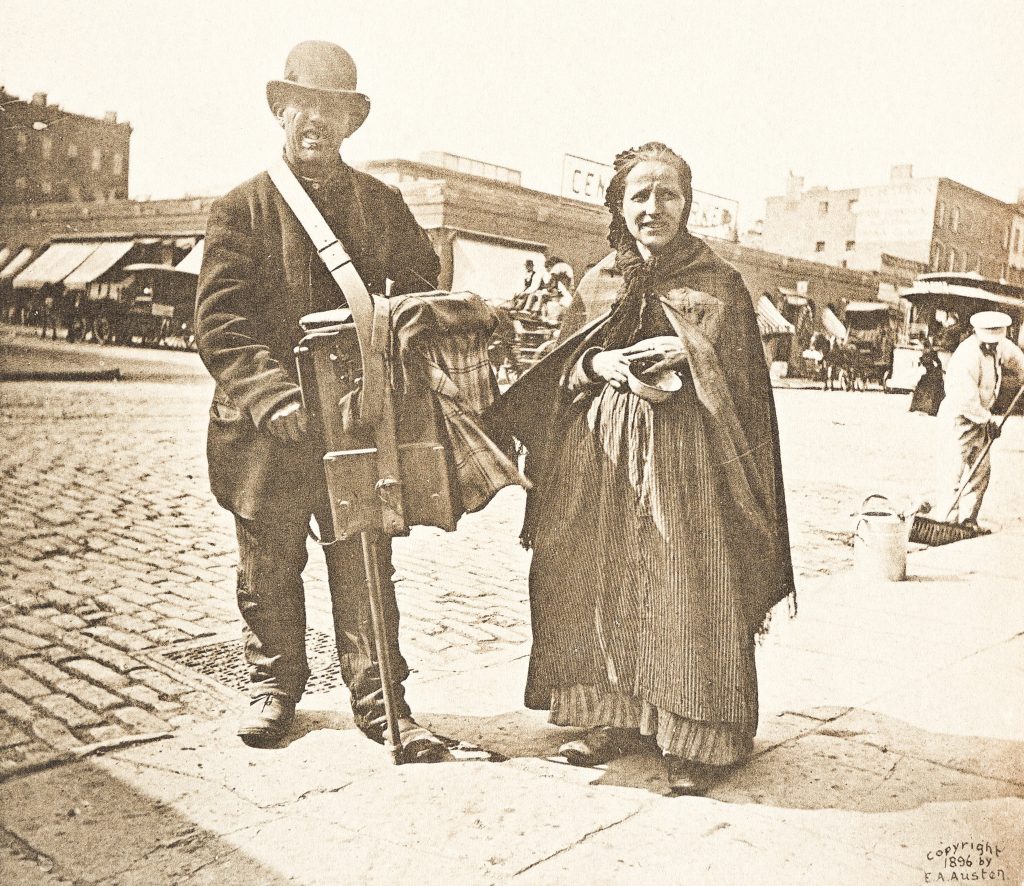
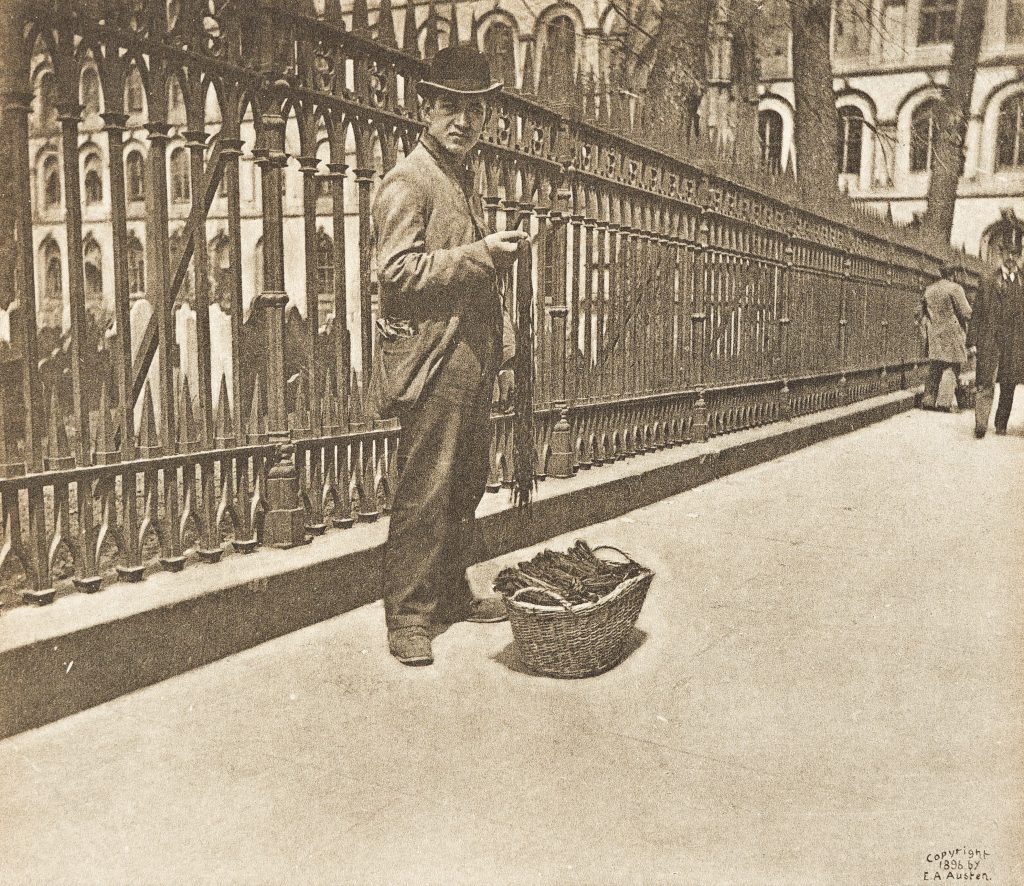
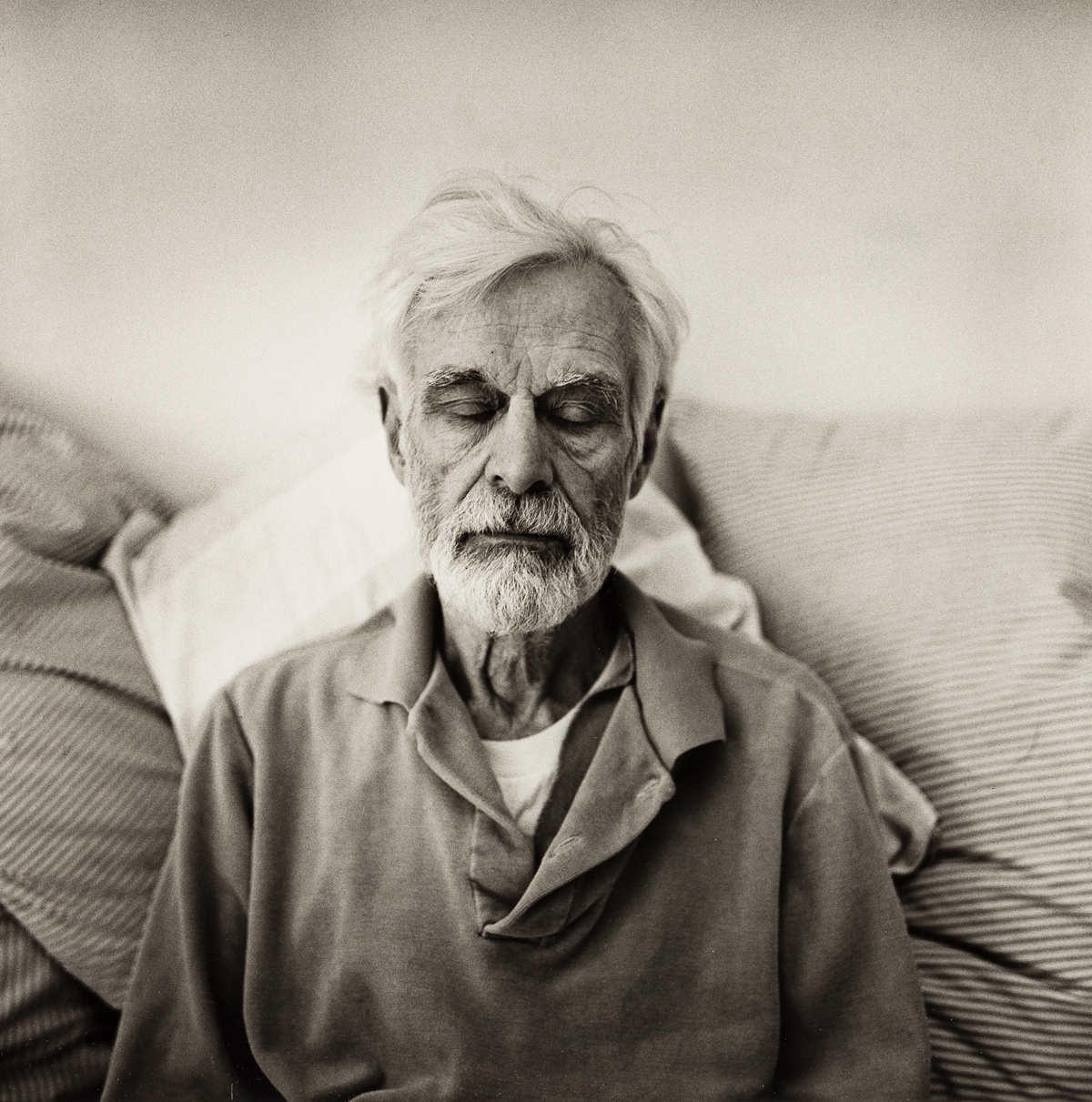
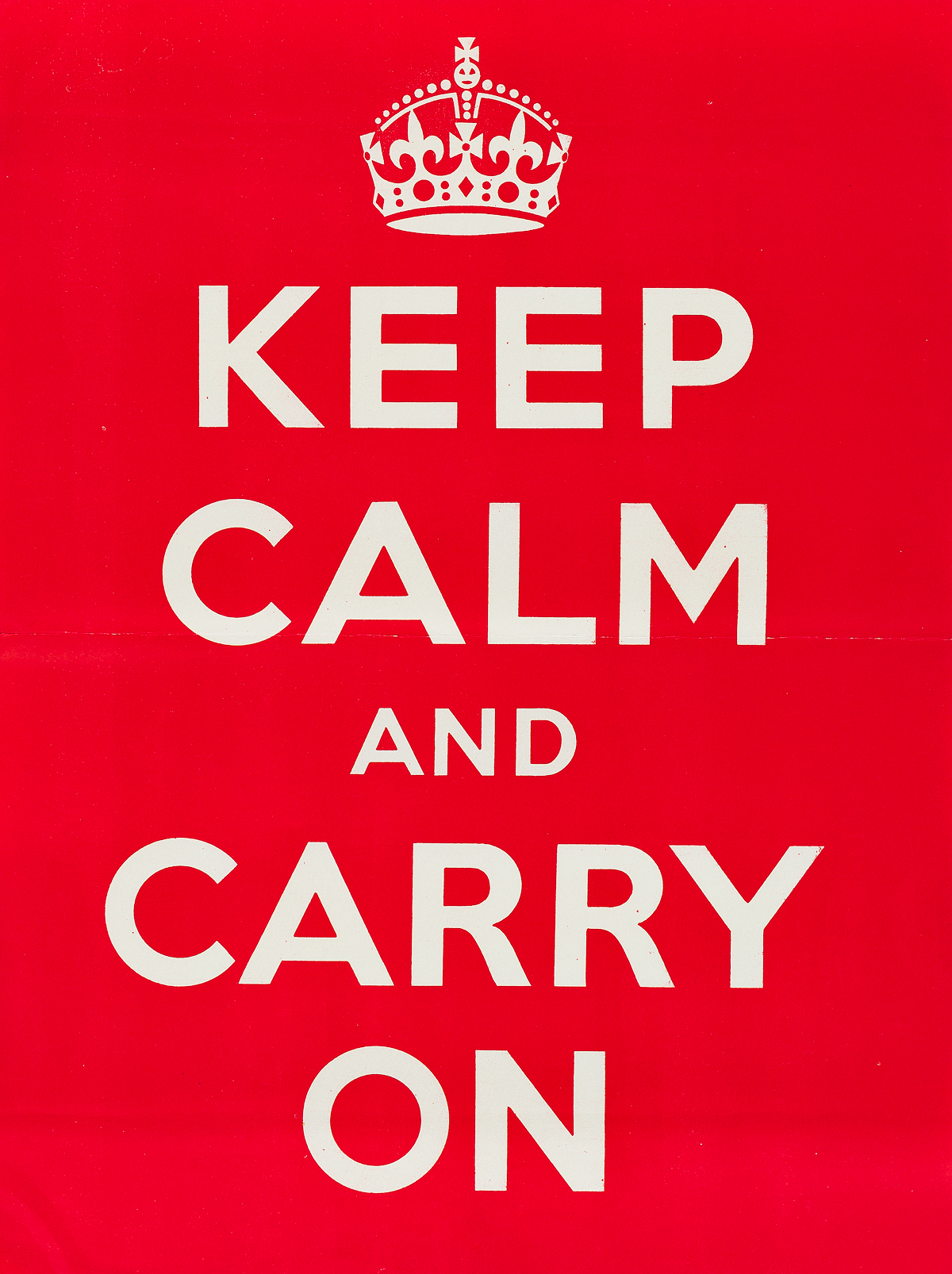
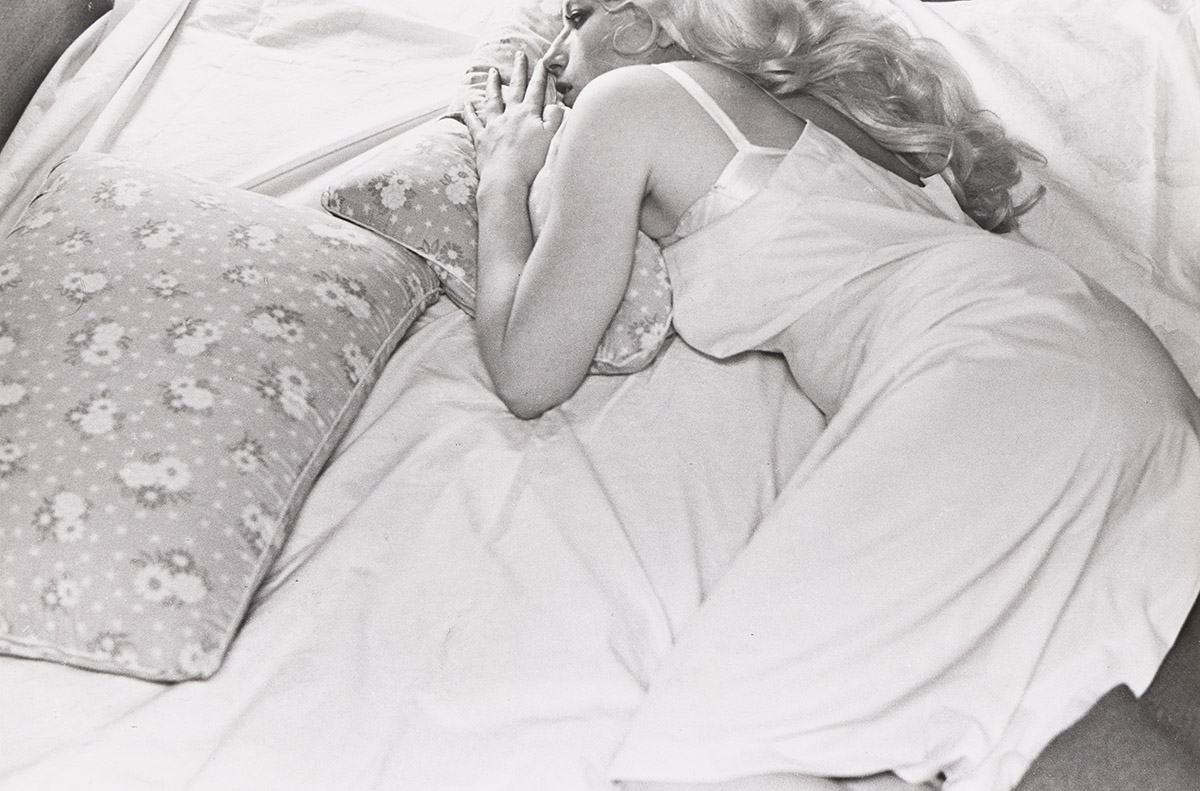











![Grace Meschery-McCormack shares about two copies of Fernando de Rojas’s ‘La Célestine,’ including a limited edition copy illustrated by Pablo Picasso.
At auction April 22. Learn more about the works at the link in our bio.
#Rarebooks #rarebookdealer #antiquarianbooks #auctions
_______________________________________
Music Credit:
Schubert - Piano Quintet in A major ‘The Trout’, D. 667 - IV. Andantino – Allegretto
Music provided by Classical Music Copyright Free on Youtube [https://tinyurl.com/visit-cmcf]
Watch: • Schubert - Piano Quintet in A major ‘...]](https://scontent-iad3-1.cdninstagram.com/v/t51.75761-15/491443494_18499096345036585_5935932878956098058_n.jpg?stp=dst-jpg_e35_tt6&_nc_cat=107&ccb=7-5&_nc_sid=18de74&_nc_ohc=u_iWjSzBq6AQ7kNvwGP43px&_nc_oc=Adm2-RoP-ycffpqdlTNCCefFvNYdnM4Jbat2wE7WtBletQyey5mIGvoT4Ix2A95fVyg&_nc_zt=23&_nc_ht=scontent-iad3-1.cdninstagram.com&edm=AM6HXa8EAAAA&_nc_gid=uCtxVMHz_fi8u0Qmci3ZLw&oh=00_AfKa5Jb4Kb6tbjujpVwS4lZb8wLj4fWgN-3QPRc2bkDs8w&oe=6820D591)



